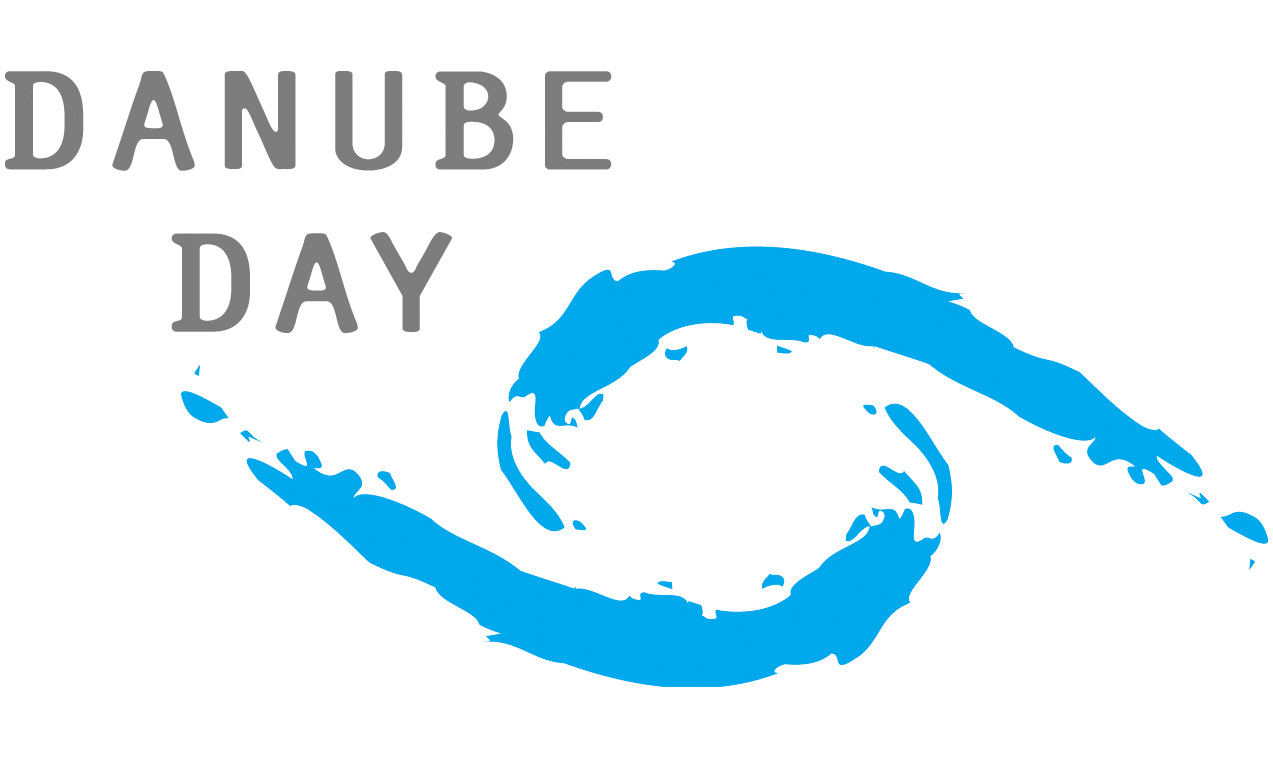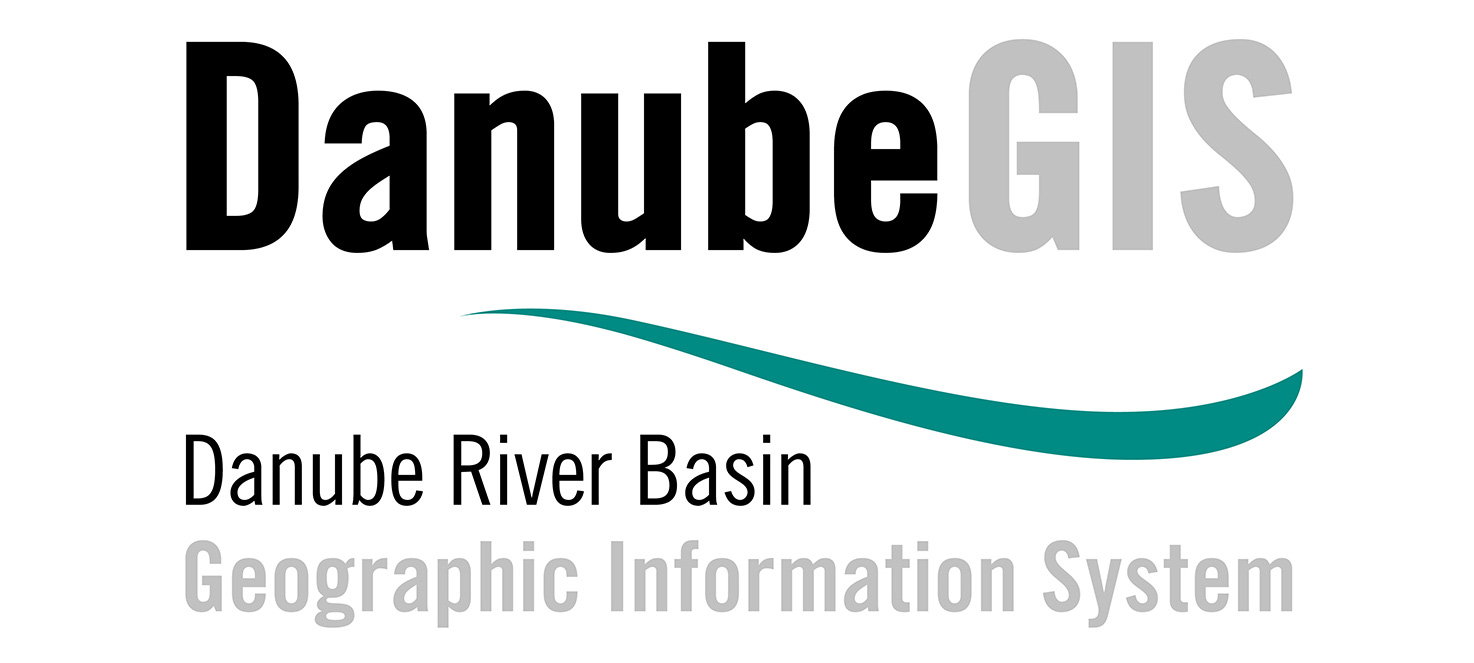Nutrients
The nutrient levels, notably phosphorus and nitrogen, found in the Danube River and its major tributaries hold significant international importance. This is because they directly contribute to the phenomenon of eutrophication in both the river itself and the Black Sea. Historical trend analysis of nutrient river loads over the past decades shows a significant reduction in the transported nutrient fluxes to the Black Sea. Overall nutrient emissions declined by 30% (nitrogen) and 50% (phosphorus) in the last 15 years. However, the current long-term fluxes are still considerably higher than those of the early 1960ies which represent river loads under low pressures, indicating a further load reduction potential that might be exploited for the benefit of the Black Sea. Nevertheless, in the last 5-10 years the measured loads are rather low and close to the Black Sea targets indicating significant water quality improvement.

Nutrient pollution is caused by significant releases of nitrogen and phosphorus into the aquatic environment.
Impacts on water status caused by nutrient pollution can be recognized through substantial changes in water ecosystems. The natural aquatic ecosystem is sensitive to the amount of the available nutrients which are limiting factors. In case of nutrient enrichment, the growth of algae and aquatic macrophytes can be accelerated and water bodies can be overpopulated by specific species. Many lakes and seas have been suffering from eutrophication that severely impairs water quality and ecosystem functioning (substantial algae growth and consequently oxygen depletion, toxicity, pH variations, accumulation of organic and toxic substances, change in species composition and in number of individuals). Eutrophication might limit or even hinder human water uses as well (drinking water supply, recreation, tourism, fisheries). Even though river systems, floodplains, wetlands and reservoirs can retain nutrients during their in-stream transport, significant amounts of them can reach lakes and even seas, transposing water quality impacts far downstream from the sources. Therefore, nutrient pollution is clearly a basin-wide issue.
Modelling nutrient emissions and fluxes in the DRB
To estimate the spatial patterns of the nutrient emissions in the basin and to assess the different pathways contributing to the total emissions, the MONERIS (MOdelling Nutrient Emissions in RIver Systems) model is regularly applied for the entire basin and for multi-annual average hydrological conditions. The model was developed by the Institute of Freshwater Ecology and Inland Fisheries of Leibniz (IGB Berlin) and is an empirical, catchment-scale, lumped parameter and long-term average approach which can inform decision making and facilitate the elaboration of larger scale watershed management strategies. It can estimate the regional distribution of the nutrient emissions entering the surface waters within the basin at sub-catchment scale and determine their most important sources and pathways with reasonable accuracy.
Conceptually, MONERIS calculates the emissions into surface waters via several independent pathways (point sources: wastewater treatment plants and industrial dischargers; diffuse pathways: atmospheric deposition, overland flow, erosion, tile drainage flow, groundwater flow and urban systems) for separate sub-catchments, which are topologically linked in a tree-like structure. Input data are preprocessed to give specific values for each sub-catchment. Moreover, by taking into account the main in-stream retention processes, river loads at the catchment outlets can be calculated which can then be used for model calibration and validation.
The application of the model has a long history in the Danube countries and at the basin scale as well in the field of river basin management and nutrient balancing. The model has been enhanced and adapted to specific ICPDR needs in several regional projects accomplished in the basin. Over the last decades, a harmonized database has been established for the entire basin. The model is reliable and works with reasonable accuracy at regional scale. This has been proven by comparison of the results to observed river loads at several gauges for a long time period. It can be easily supported by available data, run for the entire basin and updated according to the actual conditions. The model is sensitive for some key management parameters, allowing the user to elaborate realistic future management scenarios of basin-wide relevance and assess their impacts on water quality. Modelling results serve the assessments of nutrient pollution and the elaboration of the Joint Program of Measures, both vital parts of the Danube River Basin Management Plans. The latest model application was performed in 2021 for the period of 2015-2018.
Decoupling agricultural development from nutrient pollution: sustainable agriculture
The ICPDR strongly supports the on-going efforts for achieving sustainable agriculture thus ensuring the profitability of agriculture and the vitality of rural areas, safeguarding water resources and achieving and maintaining good status of ground- and surface water resources. The ICPDR initiated a dialogue with the agricultural sector to help the national agri-environmental policy making of the Danube countries resulted in publishing the Guidance Document on Sustainable Agriculture.
The initiative is driven by the recognition that improving the socio-economic situation in the agricultural sector is a prerequisite for a successful implementation of agri-environmental policies. Water and agricultural policies should be designed and harmonised in a way that income losses for the farmers are minimised or compensated when implementing measures to protect water bodies. Policies should seek win-win solutions wherever possible. However, finding the way towards these objectives needs to change the paradigm: policies should be shifted from the traditional, purely command-control type regulative enforcement to more balanced approaches, taking into account the perspective of farmers’ economic benefits. This new direction should be based on open dialogue, mutual trust and common understanding that is expected to result in willingness to make certain compromises by both sectors. With the paradigm change the initiated dialogue set an ambitious objective: to develop a policy guidance in order to support decoupling future agricultural development from increasing nutrient pollution of surface and ground waters and from prolonged water scarcity. In this way, it may contribute to achieving sustainable agriculture by balancing the economic, ecologic and social aspects of agriculture and rural development.
More information on sustainable agriculture and the guidance document can be found on the Agriculture section.





